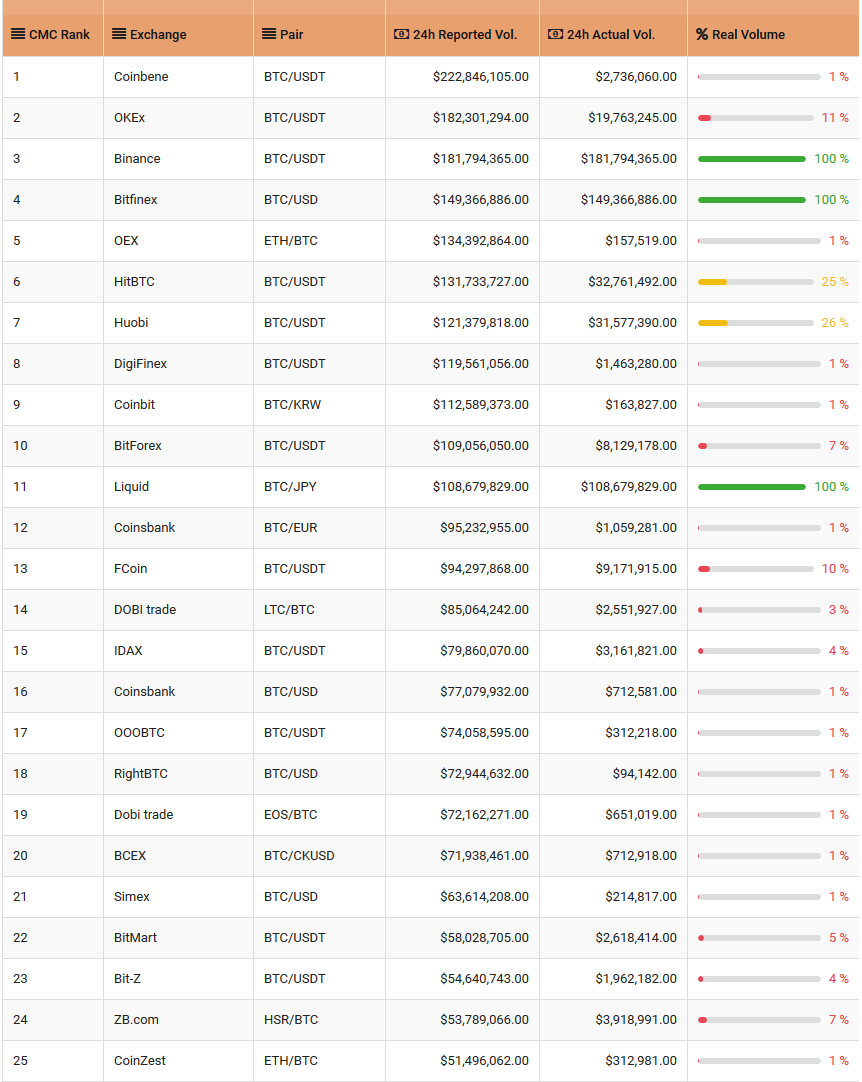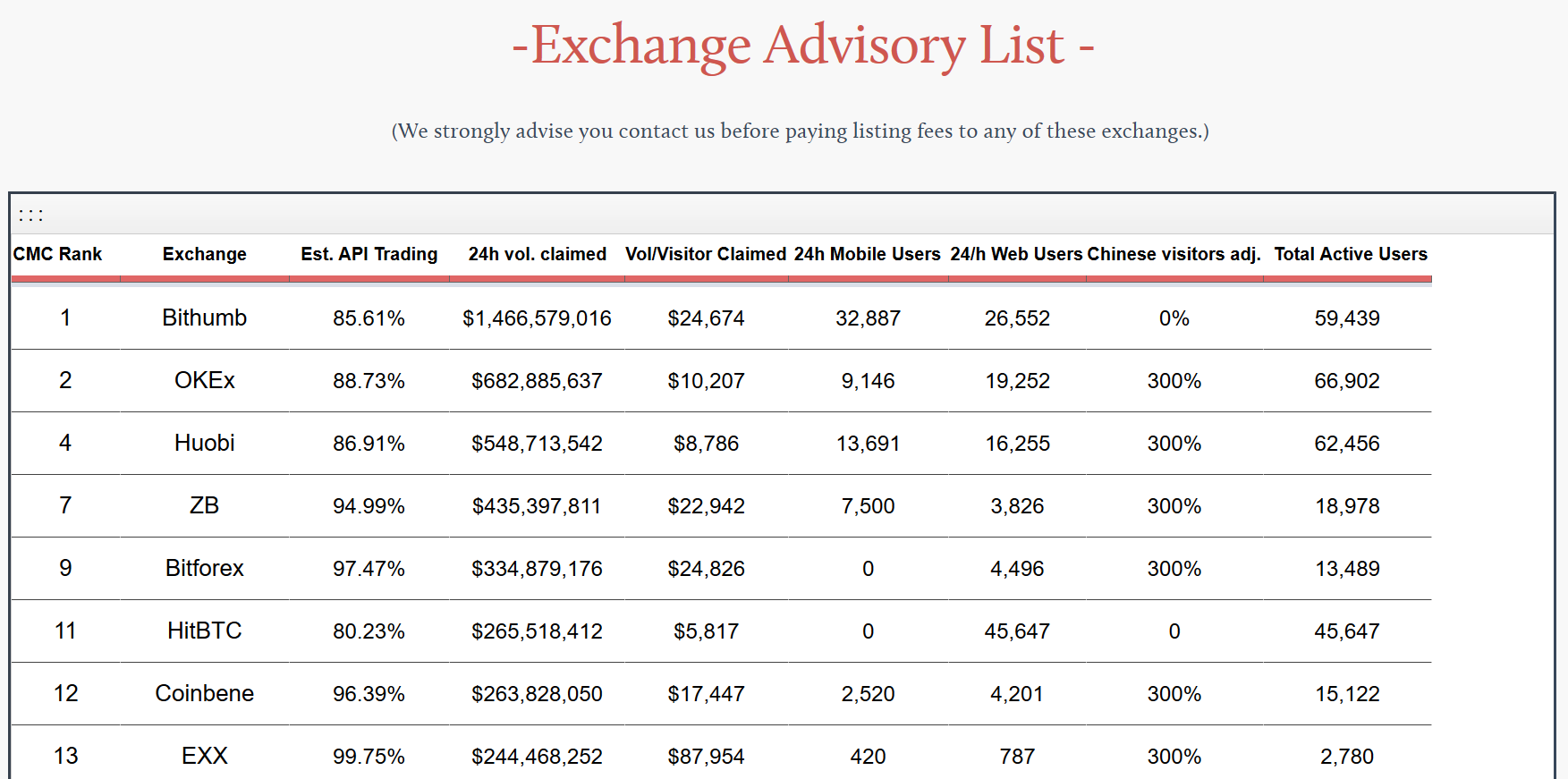A report by the Blockchain Transparency Institute (BTI) claims that many exchanges are using bots to fake trading volume. Their research shows that wash trading affects over 80% of the top 25 bitcoin pairings. Furthermore, allegations of this being a deliberate business practice present significant concerns for the industry. Which is already struggling to gain mainstream acceptance.

Wash Trading
Wash trading is where a trader sells and then immediately buys a financial instrument. This practice manipulates legitimate makers and takers into believing a trading pair is more active than it is. The federal government outlawed wash trading with the Commodities Exchange Act in 1936. But this ruling does not apply to cryptocurrencies, that mostly trade on unregulated exchanges. Therefore, as much as the practice is shady, it is not illegal. On that note, investment house CoVenture says:
“For crypto markets to mature, smarter regulation needs to be implemented in order for more established traditional exchanges to enter the space. As more trading venues open and more financial derivatives are offered, we think that liquidity can ‘flush out’ a portion of the bad actors in the space as well as bring ‘institutional legitimacy’ into the markets.”
Why Do Exchanges Participate In Wash Trading?
Competition amongst the exchanges is fierce. They are under pressure to seek high-margin activities outside the scope of traditional financial regulations. These activities rely on high volume which equates to higher listing fees and liquidity. Eventually, traders become drawn to higher-volume exchanges, which then facilitates the listing of more trading pairs, creating a cycle of growth.
What a sorry state of affairs crypto is right now.
-Volume at record lows
-Unresolved Tether fiasco
-Governments increasingly cracking down
-Exchanges laying off employees
-FRAUD – P&D – Insider/Wash Trading
-No institutional money even though they can get in nowMOON SOON!
— Bitfinex Parody (@Bitfinex2) October 21, 2018
Not only that, but being listed on an exchange is a costly expense for a project. BTI’s research shows that the average project spends over $50,000 for the privilege of being listed. With many of these exchanges existing solely to collect these fees. In an interview with The Block, CEO of Coinroutes, Dave Weisberger said:
“If you’re faking volume, you’re doing it for one of two reasons. You’re doing it to get listing fees, so the founders can get rich off of the poor sods buying the coin thinking there’s interest. Or because you bought the coin and you want the price to go higher. In both cases, you’re committing fraud.”
Are The Wheels Falling Off?
Wash trading is a stain on the crypto industry, and not enough is being done to stamp out the practice. Some industry experts claim the bear market is a natural mechanism for removing bad actors from the space. And with reports of crypto exchanges struggling, this would seem to be the case. Moreover, it makes interesting reading to see that Bithumb, who recently announced the halving of its workforce, top the BTI’s advisory list.

Chintan Sheth, a researcher at SeedCX, said:
“I expect more consolidation going on with exchanges, with hundreds of exchanges out there, and massive volume reductions across the board from 2018, it makes sense why they’ve resorted to wash trading. It’s only a matter of time where they can’t keep up with expenses and they fold over, eventually you’ll have just actual flow.”
The post Bear Market Will Stop Crypto Exchanges Faking Volume, Says Researcher appeared first on NewsBTC.
* First published on newsbtc.com


